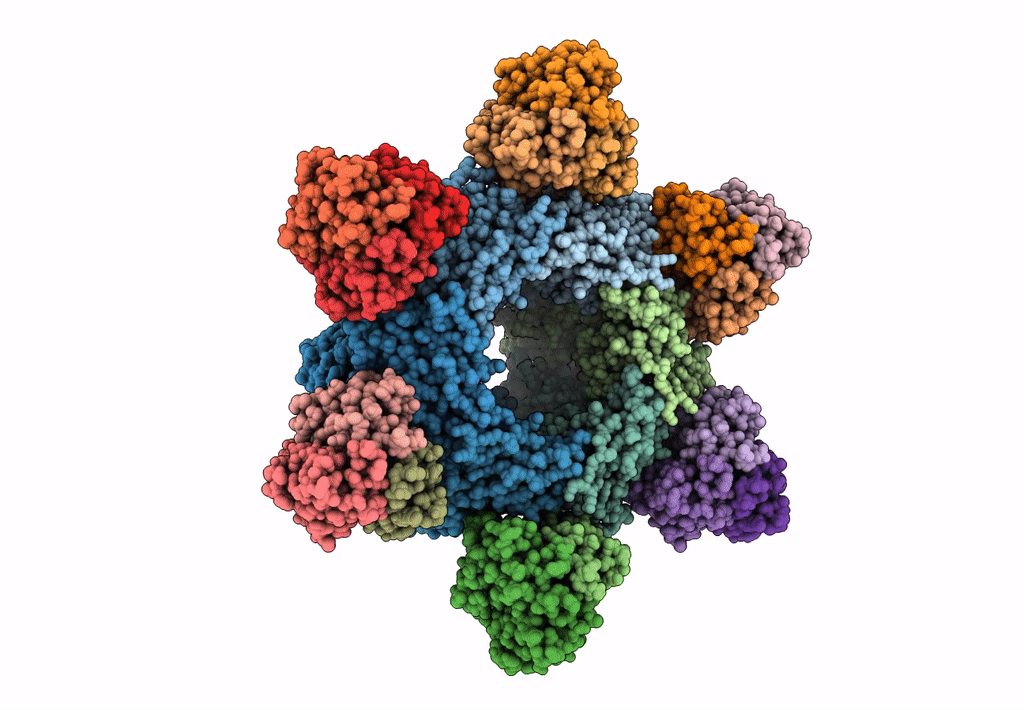
Deposition Date
2021-03-19
Release Date
2021-10-20
Last Version Date
2024-06-05
Method Details:
Experimental Method:
Resolution:
3.96 Å
Aggregation State:
PARTICLE
Reconstruction Method:
SINGLE PARTICLE


